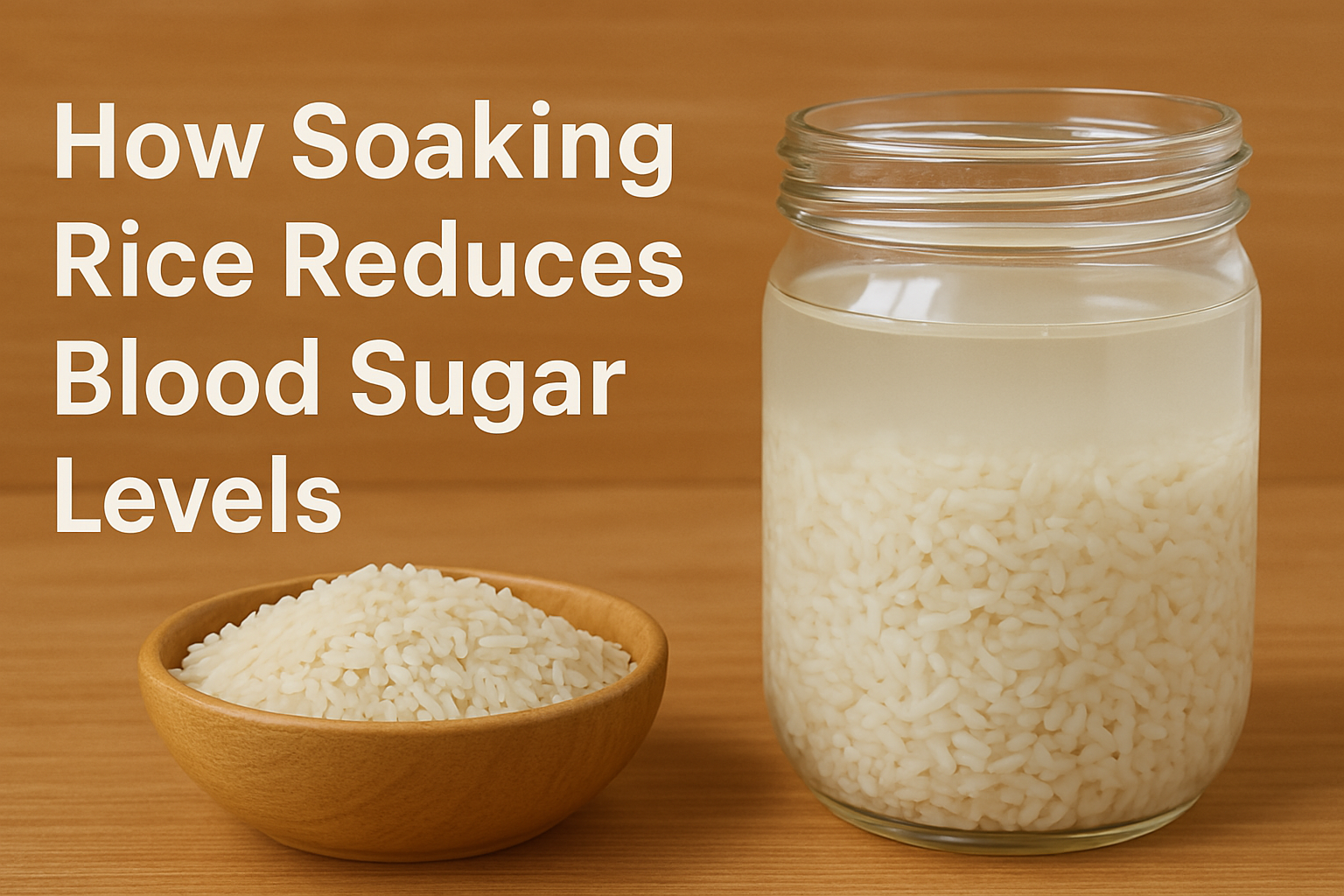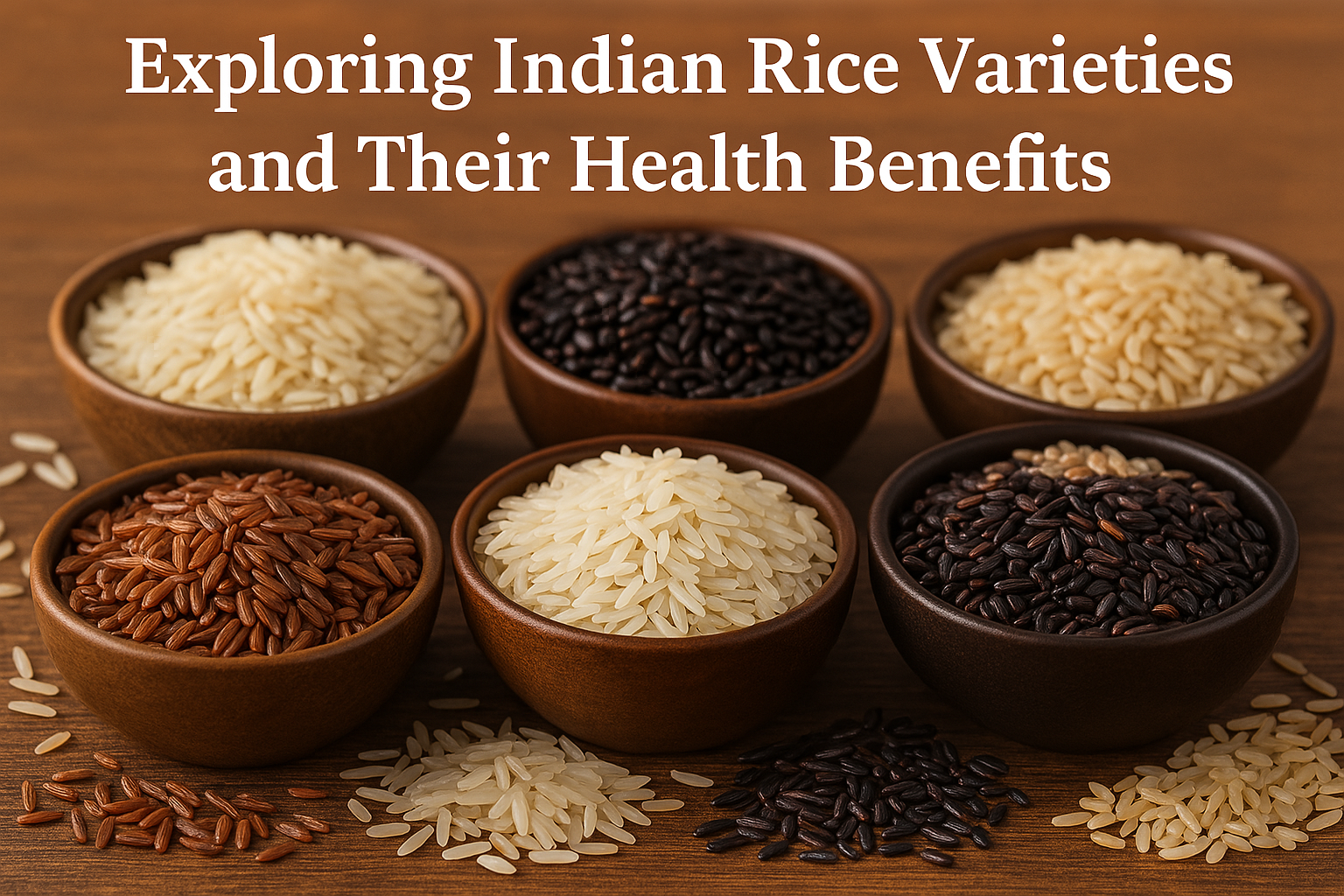Koreans are well-known for their fitness and youthful appearance. They have a culture of drinking beverages that quench their thirst and support their health and wellness. If you want to embark on a weight loss journey, do it as Koreans do. Dhanush Kumar lists seven healthy Korean drinks to help you lose weight faster and more efficiently.
1. Green Tea with Honey and Lemon

Green tea is one of the most popular drinks in Korea and worldwide. It is rich in antioxidants and catechins, boosting metabolism and promoting fat oxidation. Adding honey and lemon to your green tea can enhance its flavour and benefits. Honey provides natural sweetness and antibacterial properties, while lemon adds vitamin C and detoxifies the body. Drinking green tea with honey and lemon can help burn more calories, reduce inflammation, and improve skin health.
2. Barley Tea (Boricha)

Barley tea is a staple in Korean households. It is made by boiling roasted barley grains in water. It has a nutty and refreshing taste that can be enjoyed hot or cold. Barley tea is caffeine-free and low in calories, making it a great alternative to sugary drinks. It also aids in digestion, hydration, and blood circulation. Drinking barley tea can help you flush out toxins, lower cholesterol, and prevent constipation.
3. Citron Tea (Yuja-Cha)

Citron tea is a traditional Korean tea made from yuja (citron) fruit, honey, and hot water. It has a sweet and tangy flavour that can soothe your throat and warm your body. Citron tea is rich in vitamin C and antioxidants that can boost your immune system and fight inflammation. It also helps with digestion and appetite control, assisting in weight management. Drinking citron tea can help prevent colds, improve mood, and reduce stress.
4. Cucumber and mint-infused water

Cucumber and mint-infused water is a refreshing drink you can make at home. You only need some sliced cucumbers, fresh mint leaves, and water. Let them infuse for a few hours or overnight, and enjoy. This drink is hydrating, detoxifying, and cooling. It can help you flush out toxins, reduce bloating, and curb cravings. Drinking cucumber and mint-infused water can help you stay hydrated, refreshed, and satisfied.
5. Ginseng Tea (Insam-Cha)

Ginseng is a prized herb in Korean traditional medicine. It has numerous health benefits, including its potential to aid weight loss. Ginseng tea is made by stepping dried ginseng roots in hot water. It has a bitter, earthy taste that can be sweetened with honey or sugar. Ginseng tea can boost your energy, metabolism, and mood. It can also suppress your appetite and stimulate fat burning. Drinking ginseng tea can help you feel more energetic, alert, and motivated.
6. Mugwort Tea (Ssuk-Cha)

Mugwort is a common herb in Korean cuisine and medicine. It has a distinctive aroma and flavour that can be acquired over time. Mugwort tea is made by infusing dried mugwort leaves in hot water. It has a green and herbal taste that can be balanced with honey or sugar. Mugwort tea can aid digestion, liver health, and detoxification. It can also enhance metabolism and fat loss. Drinking mugwort tea can help you cleanse your body, regulate your hormones, and improve your skin.
7. Kombucha

Kombucha is a fermented tea drink that originated in China and became popular in Korea and other countries. It is made by adding a culture of bacteria and yeast to sweetened tea and letting it ferment for a few days or weeks. It has a fizzy and sour taste that can vary depending on the type of tea and flavourings used. Kombucha is rich in probiotics and enzymes that can support gut health and digestion. It can also help with weight loss by improving metabolism and reducing sugar cravings. Drinking kombucha can help you balance your gut flora, boost your immunity, and enhance your mood.
Conclusion
These Korean healthy drinks can help you lose weight faster and more efficiently. They are delicious, refreshing, and packed with benefits. Try them out and see the difference for yourself. Cheers to a healthier and happier you.

































